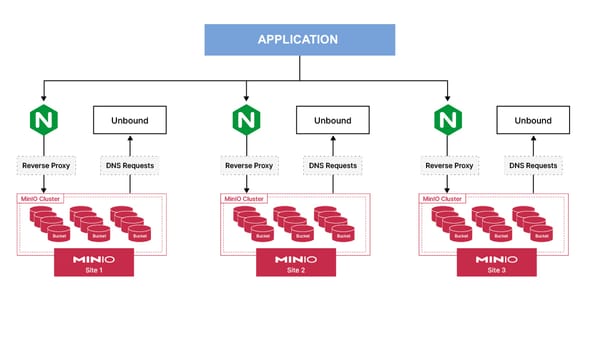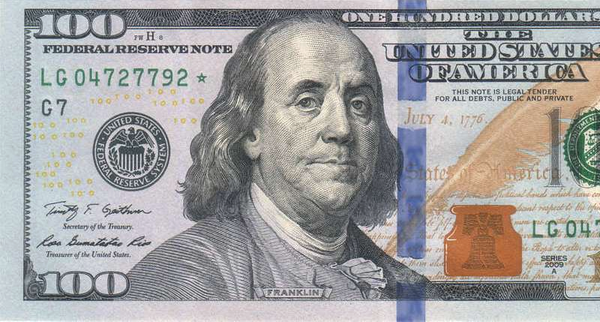AIStor Best Practices for Updates and Restarts

Deep dive into AIStor mindset on how we do and recommend updates and restarts with AIStor.
Read moreA collection of 31 posts tagged with "Best Practices"

Deep dive into AIStor mindset on how we do and recommend updates and restarts with AIStor.
Read more
Object tags give you greater power. You now have the ability to categorize by up to ten dimensions. If you want to add the diagram to a project, then all you have to do is tag it appropriately.
Read more
Dell generally focused on the filer game, but they dabble in object storage and have a very old offering, ECS. That makes sense, it was a step up from tape and wasn’t suited for dynamic workloads like HDFS modernization or database workloads. Needless to say, AI was out of the question. For a few years now, Dell has been
Read more
With all these different types of replication types floating around one has to wonder which replication strategy to use where? Today we’ll demystify these different replication strategies to see which one should be used in which scenario.
Read more
Step by step instructions to plan for a migrate data off AWS S3 and on MinIO on-premise.
Read more
In this post, we’ll take a look at the various states an object can be in during the replication process and how to get back up and running as quickly as possible among other tidbits so you have a pleasant experience Day 2 of replication.
Read more
You can now perform S3 Delete operations using the MinIO Batch Framework to remove multitudes of objects with a single API request. The MinIO Batch Framework lets you quickly and easily perform repetitive or bulk actions like Batch Replication and Batch Key-Rotate across your MinIO deployment. The MinIO Batch Framework handles all the manual work, including managing retries and reporting
Read more
In this post we’ll talk about what is an Airgapped Network, what to consider when deploying MinIO in such an environment and how to replicate and scale it thereafter with other airgapped sites.
Read more
In today’s post, we’ll go deeper into some of the considerations for long-term MinIO management that you need to take into account, so that when Day 2 does roll around 48 hours later you have all your ducks in a row.
Read more
In this post let's take a look at how to set up multiple LXMIN servers backing up to a multi-node multi-drive MinIO cluster.
Read more
This is your symphony for data excellence. Explore the components of this modern data stack, including storage, data integration, transformation, data observability, data discovery, data visualization, data analytics, and machine learning.
Read more
Unlock the true potential of your cloud migration journey! Learn how embracing the cloud as an operating model, rather than a location, can revolutionize your technology approach. Find out why portability, the right tools, and open standards are your keys to success.
Read more
To perform miscellaneous tasks, instead of modifying the main application or the container it's running in, you can run it in a separate container next to the main application as a sidecar.
Read more
MinIO provides a flexible Identity and Access Management system that can be integrated with popular external identity providers. MinIO IAM is built with AWS IAM compatibility at its core - access is controlled by policies mirroring AWS' IAM policies. While AWS supports myriad ways to control access, including ACLs, Bucket Policies, etc, in the interest of simplicity, MinIO'
Read more
In this post we’ll primarily focus on how to manage drives that are failing. We’ll either try to bring them to a good state or show the best practices on how to replace them altogether without impacting existing operations.
Read more
A lot of vendors offer compression and deduplication as a feature of their storage solutions. We critically evaluate these claims by looking at the two methods used to reduce the raw disk usage. Data Compression Compression in overall terms, gets its benefit from reducing redundancy in the data you upload. This means that repeated or otherwise predictable data can be
Read more
Email is the ultimate performance-at-scale use case as it generally only goes up in terms of data volume. Further, the more data that’s stored, the more valuable the data becomes. MinIO’s multi-site active-active replication focuses on keeping the cluster in top performance.
Read more
We’ll go deep into the network configurations with which you can configure MinIO to the different replication strategies and network topologies that can be used to ensure your data is stored and accessed efficiently across multiple MinIO deployments.
Read more
You don't have to rebalance data saved to MinIO, but you can if you want to.
Read more
If S3 costs are burning a hole in your pocket, then it's time to start thinking about running MinIO on-premise for your private cloud.
Read more